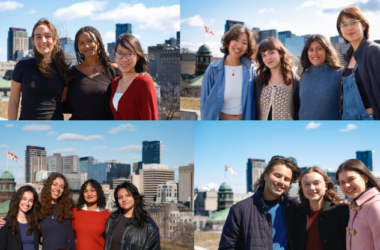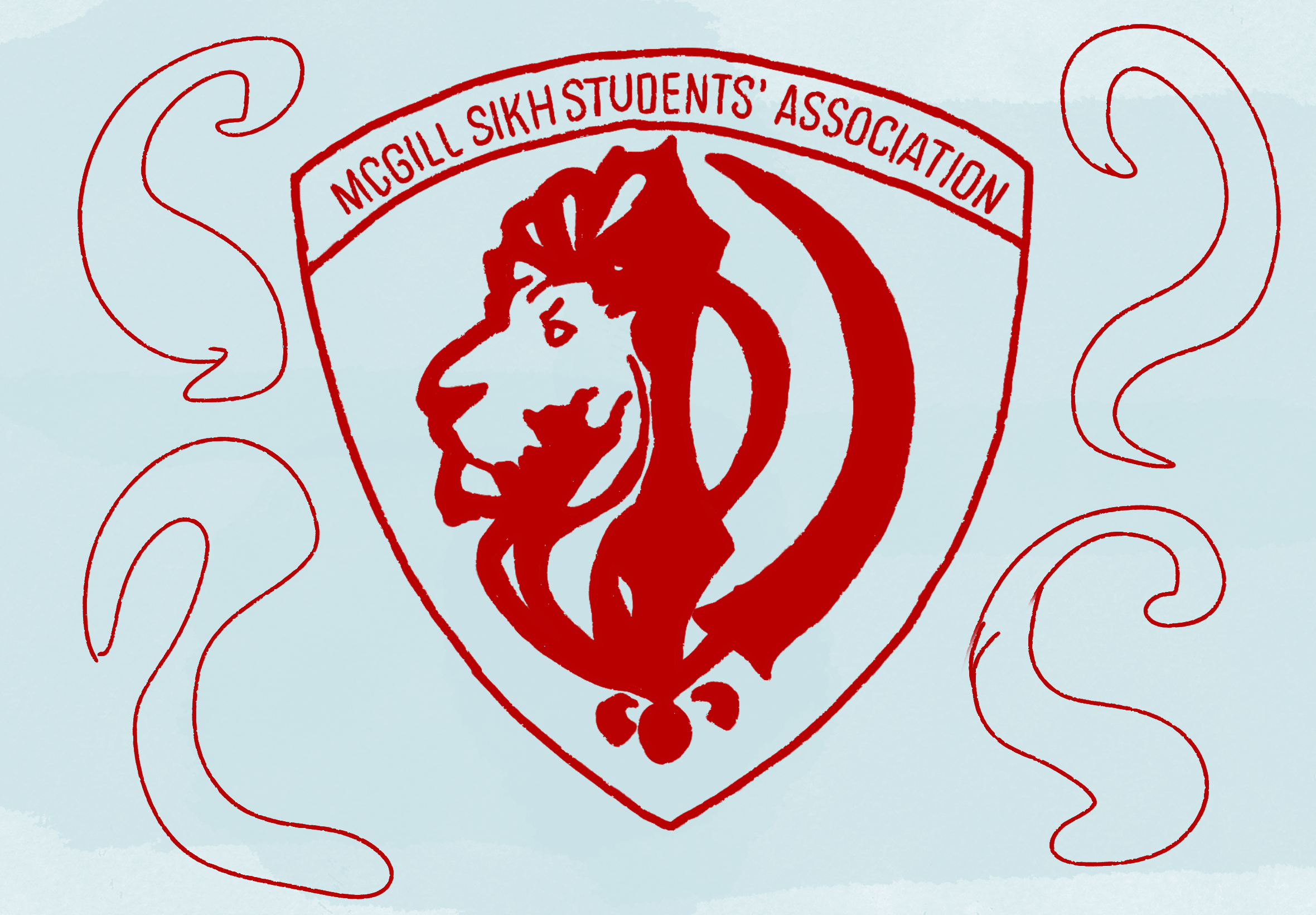With Valentine’s Day rapidly approaching, many students may find themselves reaching for Tinder or Grindr. These dating apps have exploded in recent years: Tinder alone boasts over 50 million active users worldwide since the app was founded in 2012. While such apps offer a large pool of people to choose from, niche dating apps have been gaining popularity, each with unique features to fill unmet needs. Here are four alternative dating apps to try out this Valentine’s season.
Happn: Finding love next door
Similar to Tinder, Happn is a dating app that uses GPS services but takes a far more extreme approach to location-based match-making. Boasting a unique concept of “missed connections,” Happn only shows the profiles of people who have recently been in close proximity to each other, claiming that users should “live in the moment.” Unlike Tinder, Happn displays multiple profiles at once, based entirely on location, and can even alert you if you’ve recently been in the same grocery store as someone. This can be a good way to start conversations. Happn also includes a voice messaging feature so users can talk to each other in a more intimate setting. Its location-based algorithm may cause safety concerns, with reports of the app being used for stalking purposes. However, Happn now allows users to switch to “invisibility” mode to hide their location.
HER: For femme-identifying folks
While mainstream apps such as Tinder and Bumble offer categories for 2SLGBTQIA+ users, these digital spaces are often dominated by a heterosexual audience. HER is a dating app that provides a safe space for queer women and non-binary femmes to connect. The profiles on the app are generally more expressive than other dating apps, allowing users to post multiple pictures or interests that are “likeable” by others. There are multiple categories that can be filled out, including diet preferences and star signs, but HER avoids putting people in a box by having multiple options for categories such as gender identity and sexuality. A recent update in June 2019 included a ‘What does this mean’ field across the sexuality, gender, and pronouns categories to help users understand each other and support queer identity.
Blued: An Asian alternative to Grindr
While Grindr is one of the most popular dating apps for queer men, it also contends with issues of racism, often in the form of dating preferences. Many men of colour have reported racial discrimination on the app, with profiles that list preferences such as “No Blacks, no Asians.” Blued, a replacement to Grindr, is a Chinese dating app for gay men, created in 2012 by Ma Baoli to normalize same-sex relationships in China. The app boasts over 40 million users, and while it caters toward an Asian audience, it has rapidly gained popularity all over the world. Unlike Grindr, which is primarily a dating app, Blued also has traditional social networking options, giving users the ability to broadcast videos, start group chats for a more social experience, and “follow” each other.
Tastebuds.fm: Music is the food of love
For those people for whom music is the way to their heart, then Tastebuds.fm is the perfect dating app. While dating apps like Tinder and Grindr offer integration with Spotify, Tastebuds.fm places music at the forefront of dating, which attracts those who normally don’t use a dating app. Building a profile on Tastebuds involves selecting artists or importing an account from either Spotify or Last.fm to generate a musical profile. The app not only finds potential romantic matches but also suggests musical artists that the pair would have in common. Currently, Tastebuds is working on adding features to connect its members offline through musical gigs or meetups.








